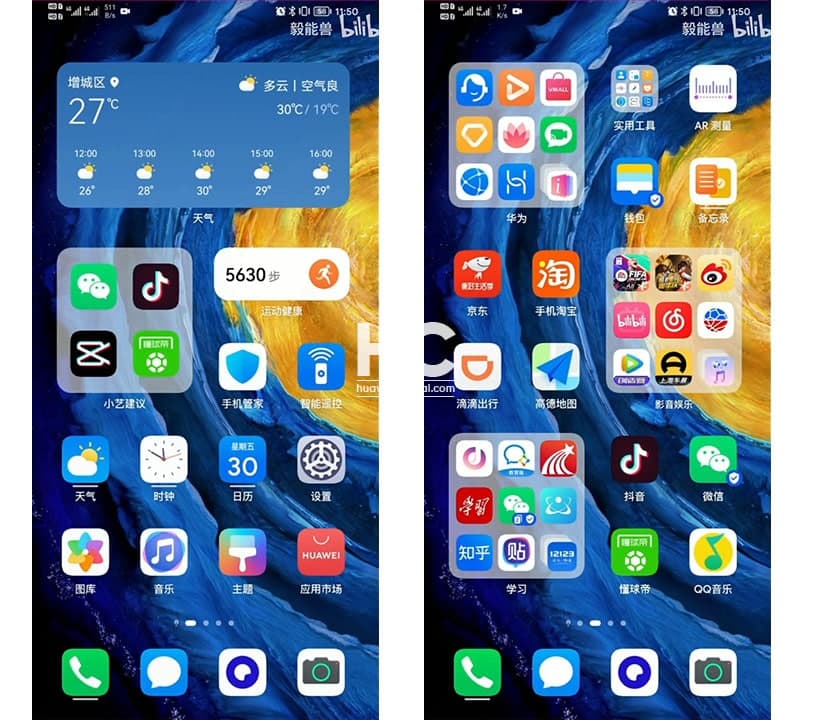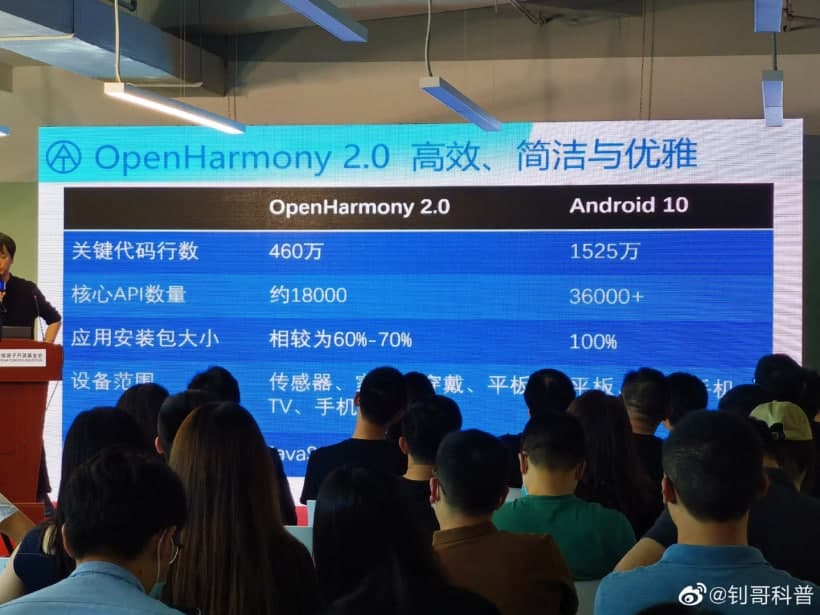HarmonyOS
Huawei HarmonyOS For Smartphones: High performance, lower power consumption and third party phone makers
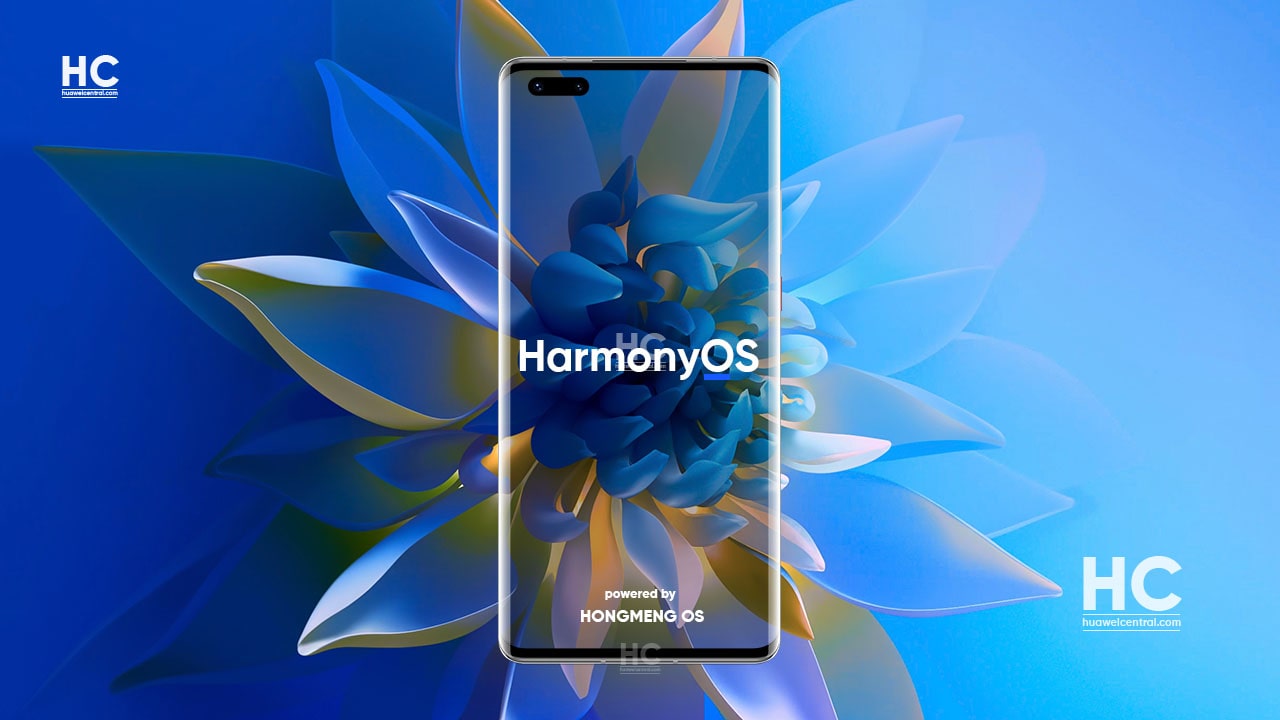
Huawei is set to launch HarmonyOS on June 2, and the company so far has tested a number of developer beta builds of this operating system in order to serve it among general smartphone consumers.
HarmonyOS installed devices:
Currently, the HarmonyOS 2.0 developer beta testing pool consists of flagship devices such as Huawei Mate Series including Mate X2, Mate 40, Mate 30, and MatePad together with the P40 series smartphone.
On the other hand, the mid-range Nova Series including Nova 8, Nova 7, and Nova 6 devices along with Huawei MatePad 10.8″ model are also shifting on Huawei HarmonyOS developer beta and enjoying the features.
HarmonyOS features:
Living up to our expectations, the new OS brings plenty of features with a delightfully designed UI. We can also see the seamless and flawless working experience deliver by these functions. The list of new features includes namely:
- New animations
- Homescreen gilding
- New card system with round corners
- Resizable widgets
- App transitions
- App icon swipe up gesture
- Camera app layout
- Quick setting panel
- New apps: Youku, Sina News, and CCTV
- Improved display of exercises and health steps
- Smart Virtual Assistant
Moreover, all these above-mentioned specialties come with the HarmonyOS 2.0 mobile developer beta. As the stable rollout is yet to come, we can assume that Huawei will surely doesn’t stop here.
As of now, users seems to really happy after getting these feature, as they not only improved the mobile system performance but also speed-up the app functioning. We can understand it in the following terms-
- Faster Boot Speed
- Better App Loading
- App Startup Fluency
- Quicker App Response
What does HarmonyOS give us: High performance, lower power consumption
No doubt that HarmonyOS 2.0 mobile developer open beta has a lot of benefits over the last EMUI software update. Huawei’s self-developed HarmonyOS not only improved the system performance but also assures lower power consumption.
After getting the beta builds many users observe the high performance and lower battery draining in their respective smartphones.
High Performance:
Any device’s performance based on many aspects including memory allocation, app fluency, booting speed, app loading/responding time, system flow, and many more.
The HarmonyOS has been perfectly met all these requirements and boosts the device performance. It successfully delivers the next-level user experience that we are expecting from the software.
Lower Power Consumption:
A test conducted between the HarmonyOS installed Huawei Mate X2 and EMUI 11 installed Huawei Mate 40 Pro shows the result in favor of HarmonyOS equipped device.
As per the results, the Mate X2 device running on the HarmonyOS beta built has lower power consumption compared to the EMUI 11. King of Glory and Peace Elite HDR, two famous mobile games were used to conduct this.
The winning device shows not only a better result but also provides stable frames per second performance while playing the game. (Read More)
Unsurprisingly, online games and video streaming causes most of the battery drainage. But, we can see from the results that Huawei HarmonyOS installed devices can be long-lasting in comparison with others.
HarmonyOS and third-party:
After having so many high-grade capacities in the HarmonyOS, the question lingering in our mind is that, are the third-party smartphone makers are willing to accept HarmonyOS.
There are a few things, which need to be clear before we jump on this topic. First, HarmonyOS (AKA HongMeng OS) was initially launched for the IoT devices such as smart wearables, which include earbuds, smartwatches, and smart bands alongside other devices like smart screens and applications.
Second, many third-party vendors, which includes about 280 application partners and roughly 20 hardware vendors are approaching Huawei regarding the HarmonyOS. In this line, we have already seen the devices of Swiss conglomerate Tissot and Chinese appliance company Midea Group working on Huawei HarmonyOS.
Furthermore, a report also revealed that the Chinese smartphone maker- Meizu, will be using HMS Core in its smartphone and label them under the Huawei Mobile Services, which is currently the world’s third-largest mobile ecosystem. We are expecting that in the future, more makers will shake hands with Huawei to use the HarmonyOS.
HarmonyOS and smartphone makers:
Finally, when Huawei starts rolling out HarmonyOS update for smartphones, peoples are hoping to see it running on third party phone vendors too.
Although Huawei HarmonyOS is open-source system software and this Chinese tech firm is also willing to express supports for the other third-party mobile phone makers, which are willing to install the HarmonnyOS on their manufacture phones.
However, we have not received any news from the other manufactures in regards to HarmonyOS. Because everything has a fixed price that has to be paid.
We can understand this matter in a simple way, suppose if Android on MIUI is replaced by HarmonyOS then Xiaomi mobile services will gradually be replaced by HMS. As the result, the system advertising and application distribution revenue will be directly cut off of Xiaomi.
In fact, if other smartphone vendors will start using the HarmonyOS in their devices the market share of HarmonyOS will gradually become larger and indirectly the benefit will go to Huawei.
In this equation, the L2 branch of Huawei HarmonyOS has been submitted to the open-source warehouse recently. To be mentioned, L2 is a version that completely removes the Android code. It belongs to the pure Hongmeng OS and can only run the HarmonyOS application.
Adding to this, the L3 to L5 branch is a dual-frame version used to encapsulates the Android code. It will be an open-source ecosystem in the future.
Conclusion:
Clearly, no one will allow losing their own money and make mechanisms for the benefit of others. Meanwhile, we can’t deny that this is an early-stage process and Huawei is yet to complete the establishment of HarmonyOS.
Open source is a good choice and has room for improvement. There are more surprises are waiting in the future, also it’s too early to conclude any decision regarding HarmonyOS but if we think in the right direction, the direction will lead you to success.
HarmonyOS
TAILG launched new scooter with HarmonyOS
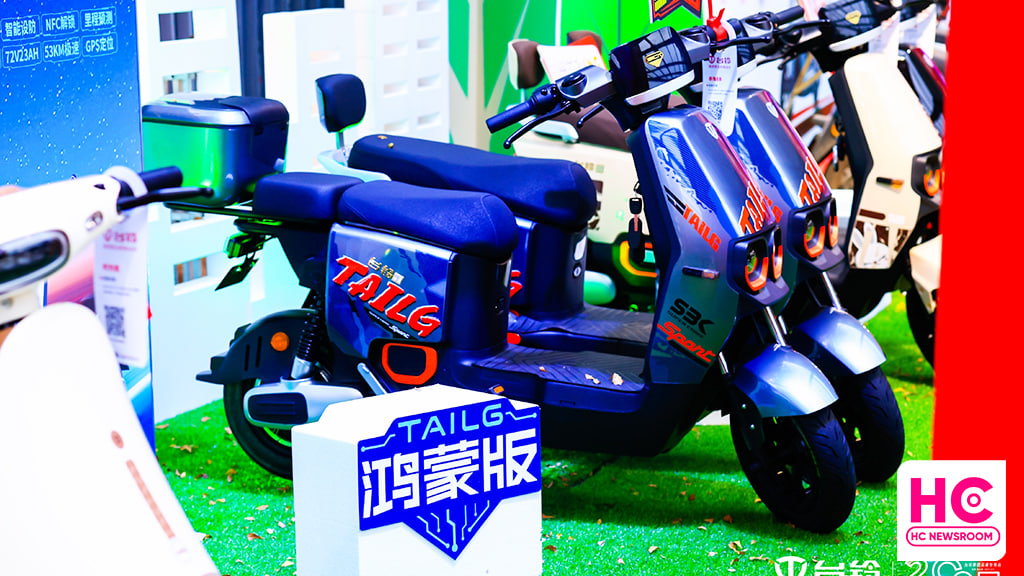
TAILG has launched a brand new electric scooter, which is powered by the HarmonyOS operating system and an all-around stylish look to provide a better experience for consumers.
It has a custom-made avant-garde handlebar, as well as an exclusive smart touch screen, which can display various driving data of the vehicle in real-time. It also equips with a variety of smart unlocking features, including one-key ignition.
The latest TAILG brings HarmonyOS features such as APP control, NFC unlocking, mileage prediction, smart fortification, and vehicle inspection. The TAILG HarmonyOS electric scooter packs a 72V23AH graphene battery, a 1000W cloud-powered motor, and a GPS positioning system.
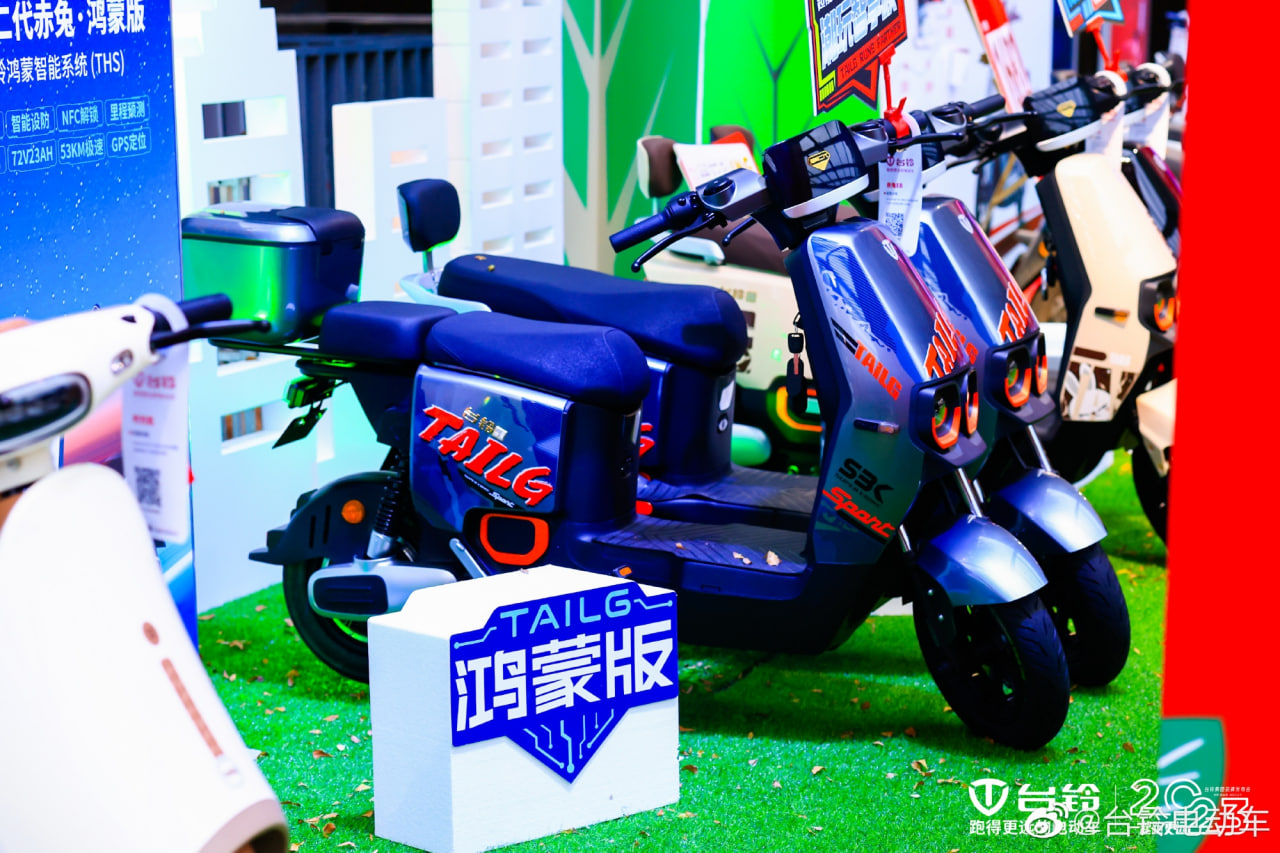
Looking at the price segment, the TAILG HarmonyOS scooter starts at 3899 yuan, and the high-end version is priced at 4588 yuan. This new electric scooter will be sold in offline stores across China.
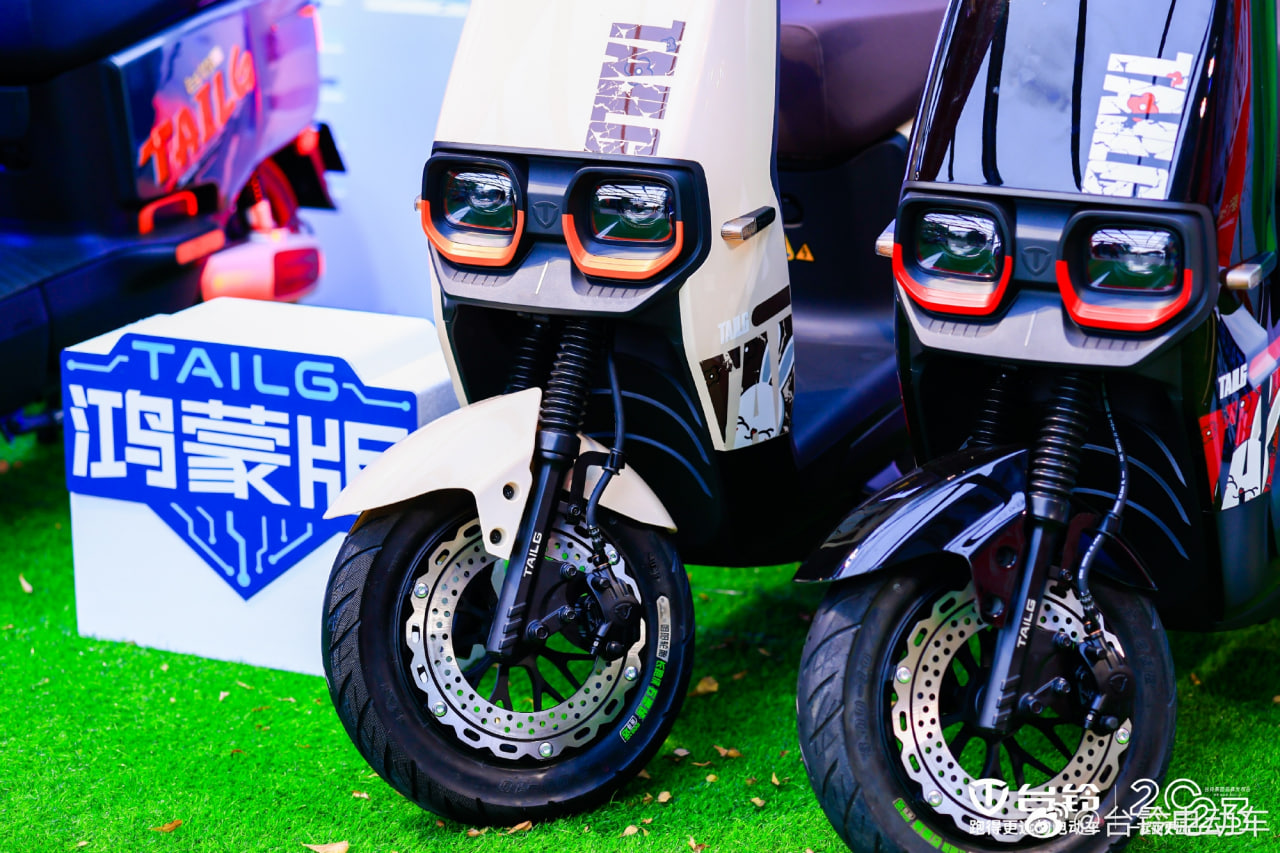
Last year in August, TAILG and Huawei announced cooperation to upgrade electric vehicles, the two companies will establish a joint innovation laboratory to conduct research on IoT and other technologies. This will also allow both firms to achieve technological advantages.
Established in 2004, TAILG is an enterprise specializing in R&D, manufacturing, sale, and service of new energy electric vehicles, Its products cover electric bikes, electric scooters, electric special bikes, electric tricycles, and other vehicles. It has an annual production capacity of 12 million vehicles and more than 30,000 stores exclusively in China.
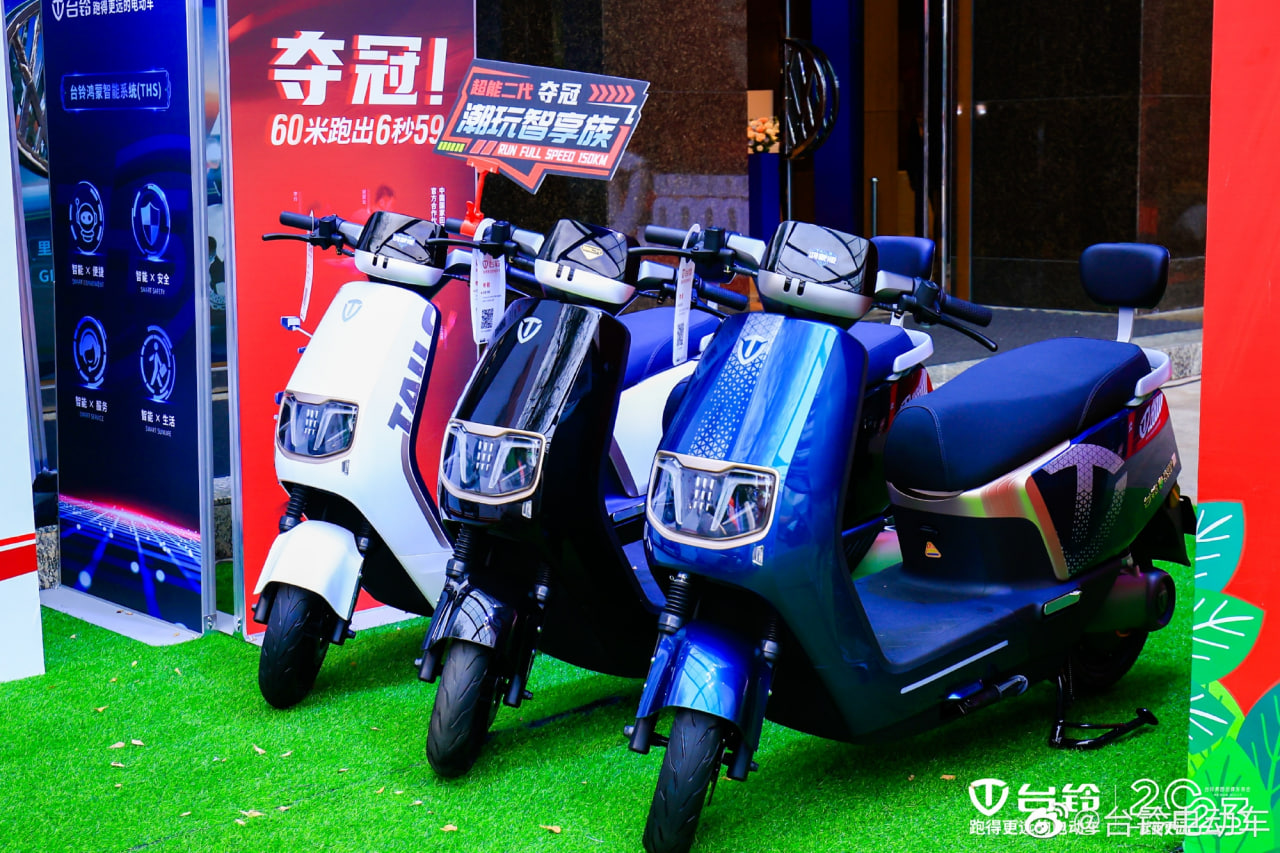
(via – Sina Tech)
HarmonyOS
HarmonyOS 3.1 Developer beta open for smartphone users
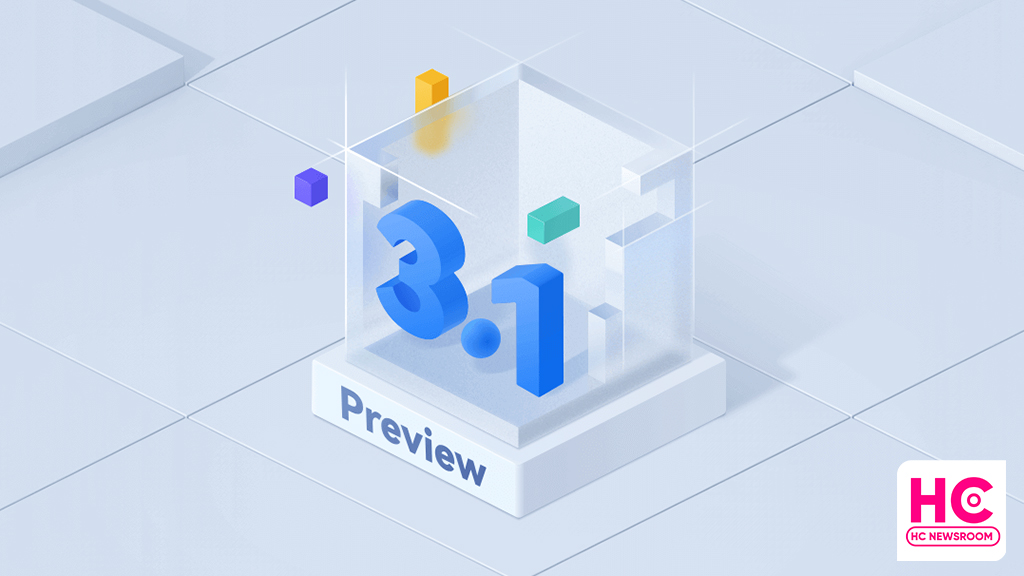
Today, HarmonyOS 3.1 developer preview testing is opened for smartphone users, this recruitment will enable developers to participate in the open beta activity with developer-only features directly into a real device.
According to the information, HarmonyOS 3.1 developer beta is currently being announced for the first phase of devices including Huawei P50 and P50 Pro. However, Huawei has confirmed to add more devices to the test pool later on. Also, a more friendly and subtle beta test is likely to begin in March.
To be mentioned, HarmonyOS 3.1 developer open beta recruitment is applicable until February 13, 2023. Afterward, Huawei will review the test applications. Selected testers will receive an email or SMS to download HarmonyOS 3.1 developer beta OTA rollout.
Also, this beta activity is available only for the Chinese models and only real authenticated accounts will pass the developer beta signup.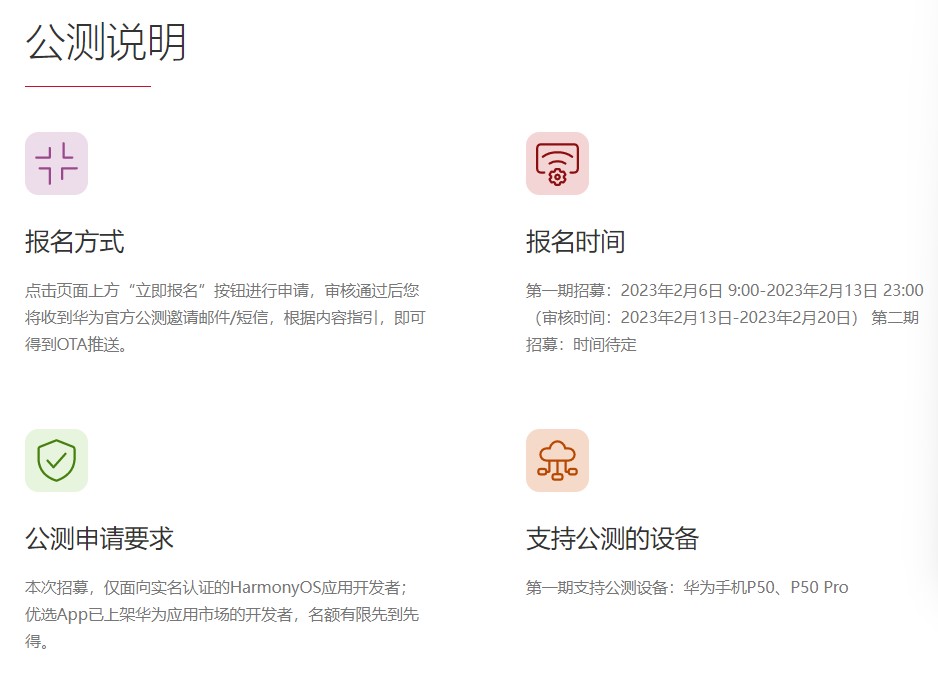
HarmonyOS 3.1 comes constructively adds a new ArkTS language, and with the latest public test, you will experience the improvements and efficiency of the app powered by ArkTS language, STage model, ArkUI, and more.
Below you can check the HarmonyOS 3.1 developer preview features:
- The ability framework adds a stage development model, including stage model life cycle management, scheduling, callback, context acquisition, authentication, and more. At the same time, the operation and management capabilities of the application are enhanced.
- The ArkUI development framework enhances the declarative Canvas/XComponent component capabilities, enhances component layout capabilities and state management capabilities, and optimizes the usability of some components.
- Application package management adds an interface for querying properties related to applications, ability, and ExtensionAbility.
- The common basic class library supports Buffer binary reading and writing.
- Web services add support for document preview and basic editing functions of document-type web applications, as well as cookie management and storage management.
- Added support for YUV, webp image codec, and other capabilities for graphics and images. Added native vsync capabilities, and supports self-drawing engines to independently control the rendering rhythm.
- Added camera configuration and preview functions in Media Services.
- The window service adds window-related interfaces under the Stage model, which enhances the window rotation capability and enhances the avoidance area query capability.
- The globalization service has newly added support for internationalization enhancement capabilities such as time zone lists, transliteration, and phone number attribution.
- The basic capabilities of common events are enhanced, and the commonEvent module is changed to commonEventManager.
- The resource management service adds a synchronization interface for resource acquisition, a new interface for querying resource values based on names, a new interface for querying number and float resource types, and a new way for Stage model resource query.
- Input method service adds input method cursor direction constant.

Android
First Android 14 Developer Beta announced, launch around HarmonyOS 4

Android 14 is the next software version for the Android ecosystem. On February 8, Google stepped ahead to begin the development of this major upgrade with the first developer beta.
Google has released the roadmap for the development, beta testing, platform stability, and the final release of Android 14, which reveals meet the launch of Huawei HarmonyOS 4 later in the second half of 2023.
The first developer preview is already out for the Pixel devices. However, Google could open early access to other smartphone makers such as OnePlus by April when the open beta campaign kicks off.
As mentioned by the Android company, Android 14 is projected to reach platform stability by the end of July. But there’s still a possibility of these milestone timelines to delay, similar to last year.

For your information, the Android 14 developer preview will be a very useful and early gift to the developer community. It will pave a way for the app devs to know more about the upcoming APIs and app features ahead of the final launch.
Looking into the developer preview features, Android 14 promises to improve productivity, enhances performance, improvements to security, and privacy, and bring new customizations.
Yes, there are new tweaks and changes made over Android 12, while there are more that will be visible as the development progress further. Throughout this phase, these developers (and later users) will help to fix bugs and make improvements to the Android 14 source code.
HarmonyOS 4:
Aside from the Android 14 developer beta, Huawei is preparing for the HarmonyOS 3.1 rollout but the company is working on HarmonyOS 4 as a major release for the next generation of Huawei devices. For now, there’s no official launch date available but we are likely to hear more on this at the Huawei Developer Conference (HDC) 2023 event.
HarmonyOS 4 promises big upgrades over HarmonyOS 3 and a major restructure in the user interface (UI). Nonetheless, we’ll keep you posted.

(source – Android)


